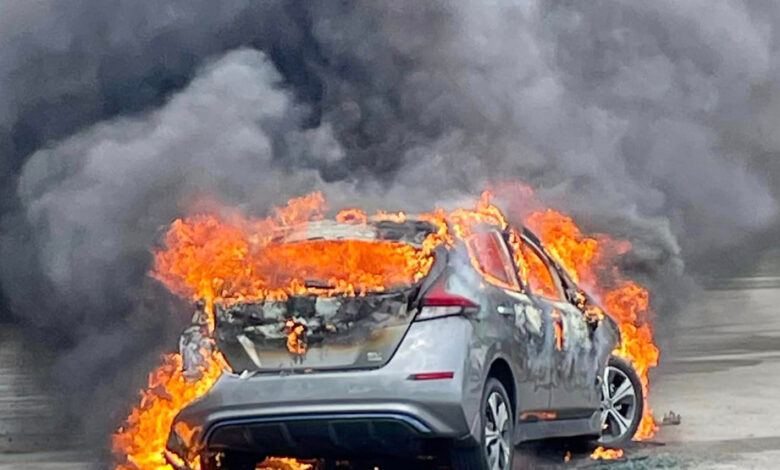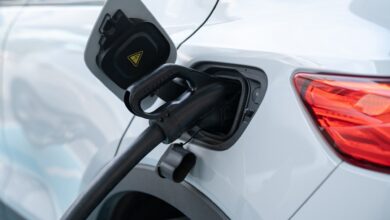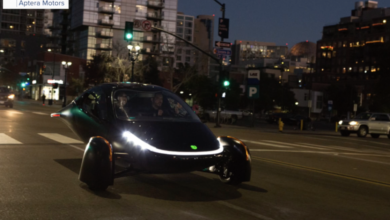How do electric vehicles catch fire? Why do they require so much water to be put out?

PORT ST. LUCIE, Fla. (CBS12) — An electric vehicle burst into flames in St. Lucie County Sunday and first responders needed more than 20,000 gallons of water to put it out.
The St. Lucie County Fire District says it was a battery fire…but how do those start, and why do they require so much water?
“That battery pack, as it heats up and it begins off gassing, it’s producing flammable gasses, and that oxygen that it needs,” explained St. Lucie County Fire District Division Chief Chad Crouse. “The area that we’re trying to get water to is underneath the vehicle, which makes it a challenge. That’s why you see a lot of water needed to put these completely out, and —even then — they can re-ignite 24-72 hours after.”
Fortunately, Division Chief Crouse says they had access to a fire hydrant, supplying them with access to water…but what happens if a fire like this breaks out somewhere a hydrant, is not?
“We have one tanker that carries 3,000 gallons, three others that carry 2,000 gallons,” Crouse told CBS12 News. “If we don’t have hydrant access, what we’re trying to do is get those tankers to start a shuttle operation, where they’re continually moving forward to supply those engines.”
Crouse says a lot is still unknown about how the batteries overheat.
“There’s no time or reason that anyone can put their finger on yet about whether it occurs rapidly; it’s all about originally caused that thermal runaway to get started in the first place,” he remarked.
See also: Armed man sought after daylight robbery at Cricket Wireless: Fort Pierce PD
Don’t worry about the heat from the summer having an impact though; the chief says the hot outside temperatures don’t have an impact on the batteries.
However, a huge concern, especially heading into hurricane season, is flooding.
“Any time you involve saltwater and metal batteries, there’s going to be some corrosion that occurs,” Crouse stated. “On the other coast last year, or a couple of years ago when they encountered hurricane floodwaters that had saltwater, that flooding caused a number of electric vehicle fires.”
Luckily, many of these EV’s tell drivers when the battery is overheating, giving passengers notice to get out.
The division chief says first responders are learning how to battle these fires as we speak.
He says electric cars are becoming more popular and they need to be prepared to handle these fires.
The cause of this particular fire is still under investigation and thankfully, nobody was hurt.



